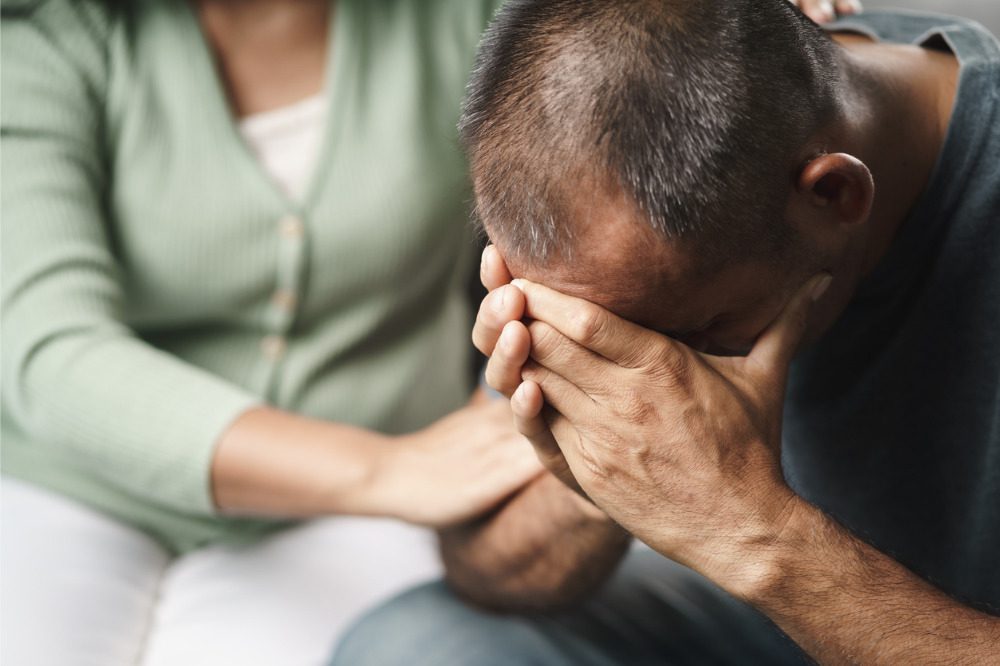Disasters “are calls for us to learn the lessons”

“New Zealanders remember our most significant national disasters – Aramoana, Cave Creek, Pike River, the CTV Building, March 15th, Whakaari/White Island, and others,” stated Minister Responsible for Pike River Re-entry Andrew Little when the standards were introduced.
“These are not pages in our history books. They are real stories of loss for Kiwi families and survivors. They are calls for us to learn the lessons and do what we can to prevent future disasters and better support survivors when they need it most.”
Read more: “Years of effort” lead to new insurance bill
As the country already has a comprehensive emergency management regime that is governed by the Civil Defence Emergency Management Act 2002, the model standards do not provide guidance on how public servants respond to the catastrophic event itself. Instead, the standards contain high-level principles aimed at guiding interactions with survivors.
“Following the 2010 explosion, the Pike River survivors felt let down by the state,” noted Little. “They say it would have made the biggest difference if: agencies had empowered survivors, were upfront, and had worked together for the benefit of all current and future survivors. That is what the new expectations seek to do. It means following and supporting the journey survivors go through.”
The underground explosion at the Pike River Mine more than a decade ago killed 29 people.
Co-authored by the Stand With Pike Families Reference Group (FRG) and the Commission, the model standards were arrived at following consultation with survivors from most of New Zealand’s large-scale catastrophic events in the last 35 years. The standards build on the public service values of being responsive, respectful, trustworthy, accountable, and impartial.
Little explained: “A fundamental purpose of the completed Pike River re-entry project was to give the survivors closure and promote accountability. That required every part of the project to be conducted in partnership with the FRG and the families. This new approach was the genesis of the expectations, and the same partnership model was used for their creation.
“The FRG wanted to give back to New Zealanders for their support. By leading the work to create the new expectations, the FRG and their partners, including other survivors, have laid the foundation for better support for survivors and families who experience future tragedies.”
Read more: Where are we after Westport’s 2021 floods?
The model standards include having open and honest communication with survivors; providing even ‘hard to hear’ information as soon as possible; and supporting survivors and their communities to determine when and how they access services.
“For survivors, not getting all the information brings with it increased feelings of helplessness, loss of trust, and setbacks in recovery,” reads part of the document published by the Commission. “Survivors need to trust the information, even if it’s really hard to hear. Information must be timely, consistent, and should be provided in plain language, in ways that are accessible to everyone.”
Meanwhile FRG’s Anna Osborne declared: “This is about making so many of the wrong things that happened at Pike River and afterwards, right. But it’s bigger than Pike; it’s about being clear in our actions, not just our words, that as New Zealanders we look after each other and we do the right thing. The Public Service has the power to make the next tragedy better or worse for people involved. In the name of the men we lost, make it better.”
Other large-scale catastrophic events in the country in recent memory include the collapse of the CTV Building in 2011, as well as 2019’s Christchurch mosques terrorist attacks and the Whakaari/White Island eruption during the same year.
According to preliminary estimates by the Swiss Re Institute, the global economic losses from natural catastrophes in the first half of 2022 stand at approximately US$72 billion; man-made, US$3 billion.





